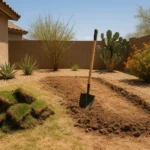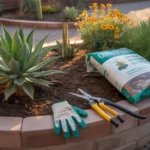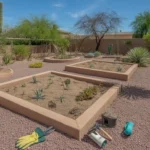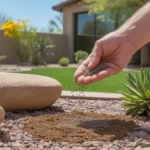As Gilbert homeowners become increasingly aware of the importance of water conservation, many are turning to xeriscaping as a beautiful and eco-friendly alternative to traditional lawns. Xeriscaping involves creating a landscape that requires minimal water and maintenance, while still providing visual appeal and functionality. Before diving into the actual xeriscaping process, it’s crucial to properly prepare your yard to ensure a successful transformation.
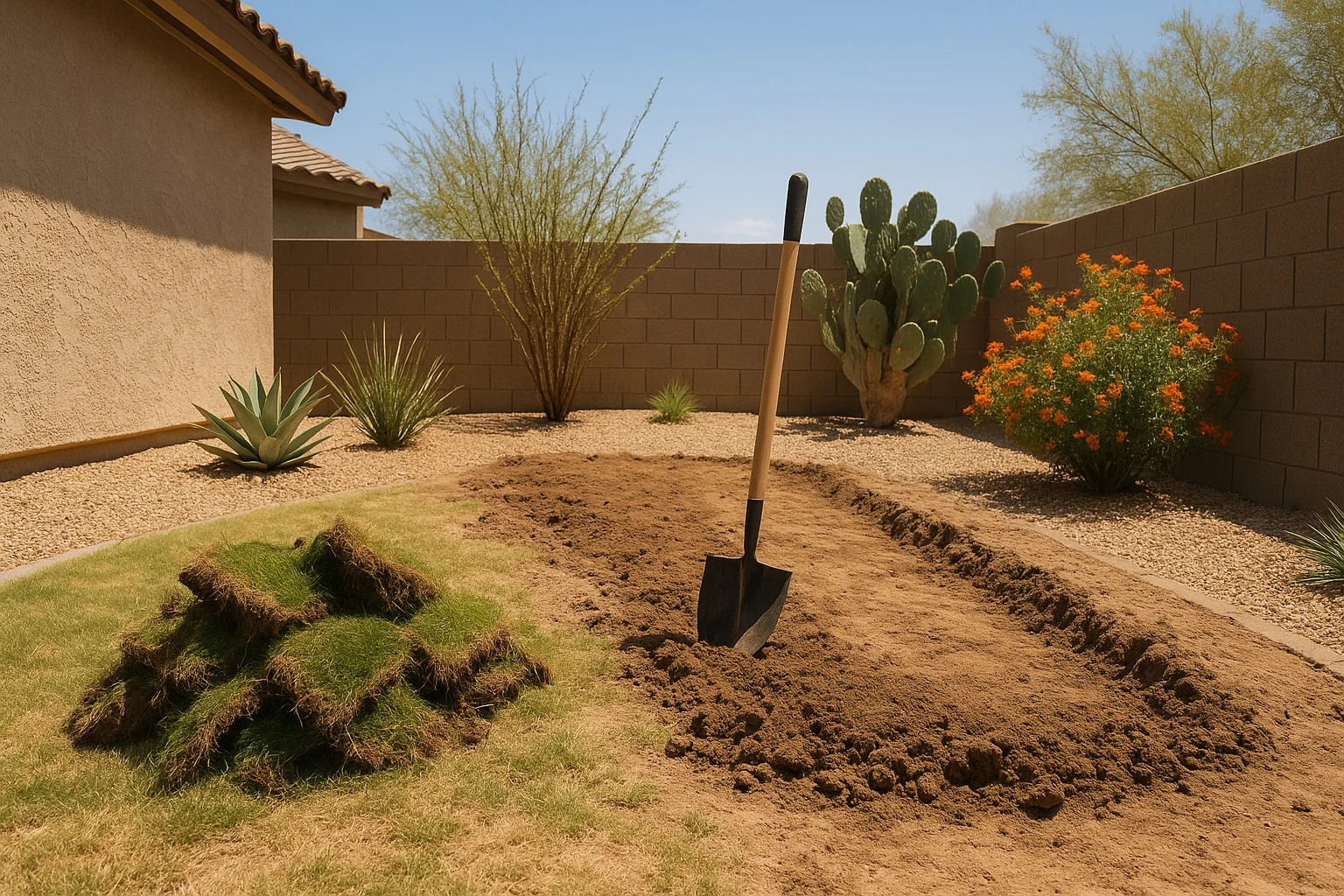
Assessing Your Yard’s Current Condition
The first step in preparing for xeriscaping is to evaluate your yard’s current state. Take note of any existing plants, trees, or features that you’d like to keep or incorporate into your new xeriscape design. Identify areas that receive full sun, partial shade, or complete shade, as this will help you select the most suitable plants for each zone.
Consider the overall layout of your yard and envision how you’d like to utilize the space. Do you want to create a cozy seating area, a meandering path, or a focal point such as a rock garden or water feature? Sketching out a rough plan can help you visualize the final result and guide your preparation process.
Removing Existing Grass and Vegetation
To make way for your xeriscape, you’ll need to remove any existing grass and unwanted vegetation. There are several methods to achieve this, depending on the size of your yard and your personal preferences:
- Solarization: Cover the grass with a thick, black plastic sheet and let the sun’s heat kill the grass over several weeks.
- Herbicides: Apply a non-selective herbicide to the grass, following the manufacturer’s instructions carefully.
- Manual removal: Use a sod cutter or spade to remove the grass by hand, ensuring you remove the roots to prevent regrowth.
Once the grass is removed, clear away any debris and rake the soil to create an even surface. This is also an excellent opportunity to address any grading issues that may cause water to pool or run off in undesired areas.
Improving Soil Quality and Drainage
Xeriscaping relies on plants that thrive in well-draining soil, as they are better equipped to handle periods of drought. Gilbert’s native soil tends to be heavy in clay, which can hinder drainage and make it difficult for some xeriscape plants to establish strong root systems.
To improve soil quality and drainage, consider incorporating organic matter such as compost or well-rotted manure into the top 6-8 inches of soil. This will help loosen the clay, improve nutrient content, and promote better water retention and drainage. For particularly challenging areas, you may want to create raised beds or mounds to ensure proper drainage.
Planning for Efficient Irrigation
While xeriscapes require significantly less water than traditional lawns, they still benefit from an efficient irrigation system, especially during the establishment phase. Consider installing a drip irrigation system or soaker hoses to deliver water directly to the plants’ roots, minimizing evaporation and water waste.
Group plants with similar water needs together to create hydrozones, allowing you to tailor your irrigation schedule to each zone’s specific requirements. This ensures that your plants receive the right amount of water without overwatering or underwatering any particular area.
By properly preparing your Gilbert yard for xeriscaping, you’ll create a strong foundation for a beautiful, water-wise landscape that will thrive in the desert environment. With careful planning and execution, your xeriscape will not only save water and maintenance time but also provide a stunning outdoor space for you and your family to enjoy for years to come.

